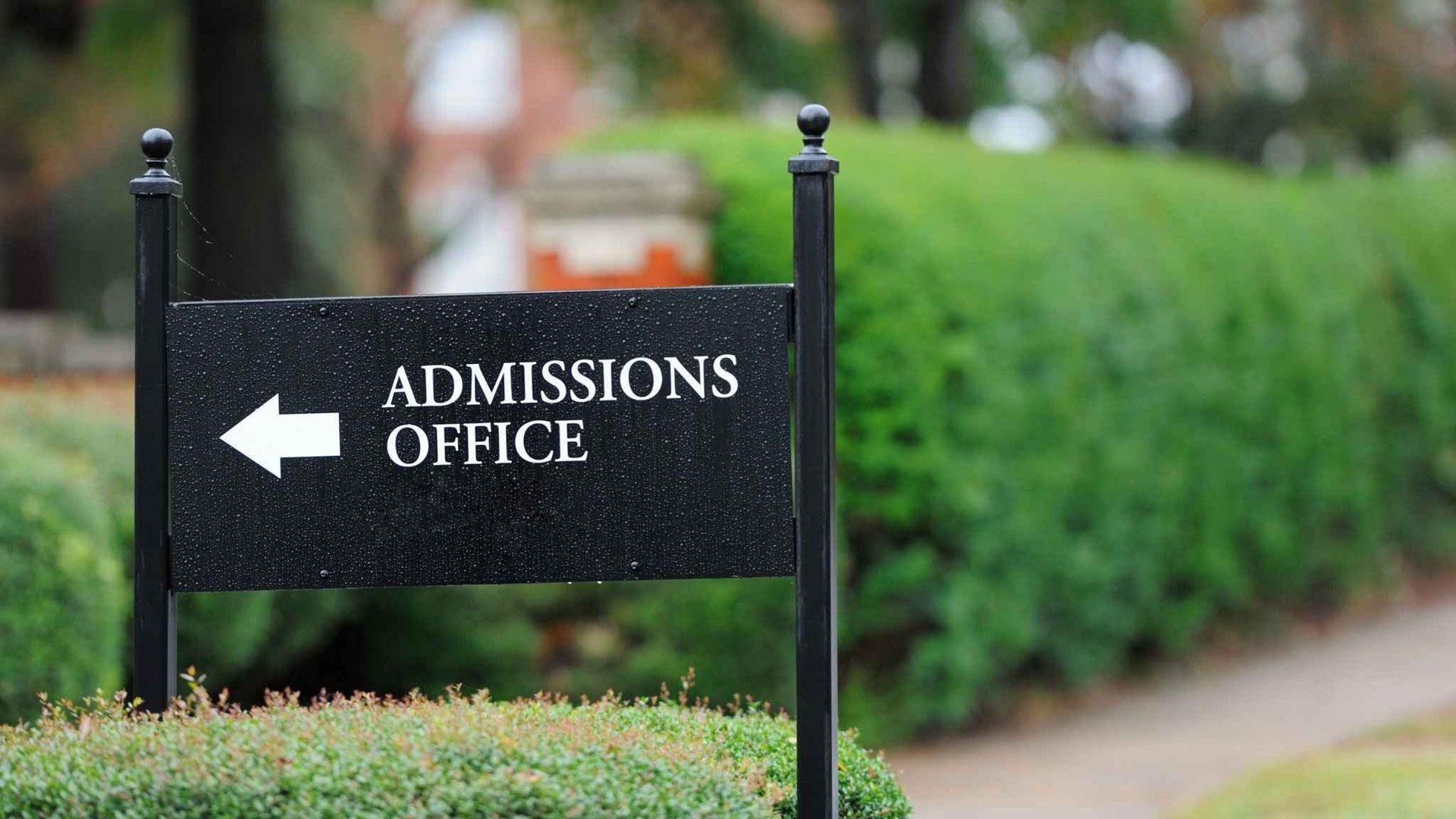Early Decision vs. Early Action vs. Rolling Admission: What You Need to Know (and Why It Matters)
When it comes to college admissions, the when can be just as important as the what. At StrivePath, we guide families through a holistic planning process—including choosing the right application strategy. One of the most strategic decisions students can make is when to apply.
Let’s break down the key differences between Early Decision, Early Action, Restrictive Early Action, and Rolling Admission—and when applying early actually makes sense.
🧭 What’s the Difference?
Early Decision (ED)
- Binding: If accepted, you must attend.
- Deadlines: Typically Nov 1–15.
- Best For: Students who have a clear first-choice school and strong grades by junior year.
- Caveat: You lose the ability to compare financial aid offers—you must be prepared to pay full tuition.
- Recent additions: University of Michigan, USC (Marshall School of Business), and University of San Diego recently introduced ED options for the 2025 cycle.
Early Action (EA)
- Non-binding: Get an early decision without the commitment.
- Deadlines: Similar to ED, Typically Nov 1–15
- Best For: High-achieving students who want an admissions boost but aren’t ready to commit.
- Tip: Some schools don’t offer ED, so EA is the only option to apply early.
Restrictive Early Action (REA) or Single Choice Early Action
- Non-binding, but you can’t apply early elsewhere.
- Limited Use: Offered by a few highly selective colleges (e.g., Stanford, Harvard).
- Best For: Top-performing students whose #1 school offers REA and who want the early advantage without being locked in.
Rolling Admission
- First come, first served: Applications reviewed as they’re submitted.
- Best For: Students who apply early in the cycle (September–October).
- Caveat: Space and scholarships may diminish later in the season.
Regular Decision
- Standard path: Submit applications by Jan 1–15 and hear back in March/April.
- Best For:
- Students who need fall grades or later test scores to strengthen their profile.
- Families comparing multiple financial aid packages.
- Caution: At many colleges, the acceptance rate for RD is dramatically lower than for ED/EA.
📊 Does Applying Early Really Help?
Absolutely—at many schools, applying Early Decision gives you a significant edge.
Take a look at this data from the Common Data Set, which compares acceptance rates for Regular Decision vs. Early Decision/Action:
| College | Regular Admit Rate | ED/EA Admit Rate | Advantage Multiplier |
|---|---|---|---|
| Tulane | 2.54% | 68.09% | 26.84× |
| Grinnell | 8.30% | 52.80% | 6.36× |
| Amherst | 6.06% | 31.79% | 5.25× |
| Columbia | 2.72% | 12.48% | 4.59× |
| Dartmouth | 4.63% | 19.94% | 4.30× |
👉 The takeaway: At some top colleges, applying early can significantly increase your odds
💡 When Should You Apply Early?
You should consider applying early if:
- You’ve finished strong in junior year and have competitive test scores.
- You’ve done your research and have a clear first-choice (ED) or shortlist (EA).
- You’re not relying on multiple financial aid offers to compare (especially for ED).
- You’re targeting schools or programs (e.g., film at Chapman) that heavily favor early applicants (e.g., Tulane).
You might want to wait if:
- You need more time to improve your academic profile in the fall.
- You’re applying for financial aid and want to compare offers.
- Your college list is still in flux.
- You’re targeting schools that don’t offer a significant early advantage.
⚠️ Important Caveats
- Full-Pay Advantage: Many schools admit a higher proportion of full-pay students during ED. If you need substantial aid, weigh your options carefully.
- Athletes Skew Data: Recruited athletes often apply early and are pre-vetted by coaches—this inflates ED acceptance rates.
- One Shot: You can only apply to one ED school. Use it wisely.
✅ How StrivePath Helps
At StrivePath, we don’t just help you make a college list—we build your timeline, your strategy, and your confidence. Our expert consultants consider your academic profile, financial situation, and goals to help you decide whether early applications make sense—and where they’ll matter most.
🔍 Want to Know More?
Take our College & Academic Planning Quiz to see where you stand—and whether early applications might benefit you.
Or better yet, book a free consult to meet with one of our advisors and build a timeline that works for your family.
StrivePath -
Happier students. Less stressed families. Better admission outcomes.










